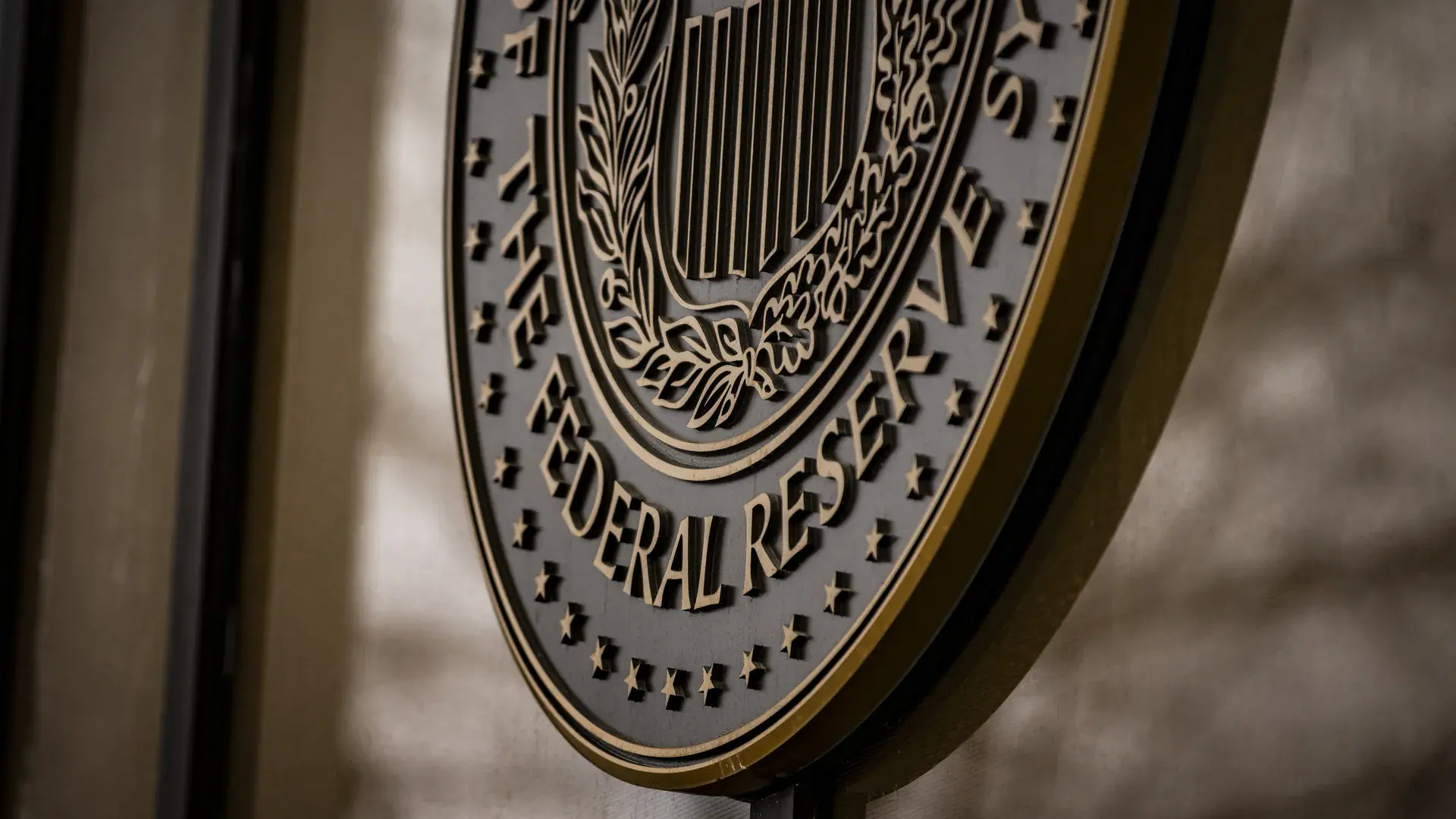Investment Opportunities Amidst Changing U.S. Banking Policies
The evolution of U.S. banking policies creates both challenges and opportunities for investors. This article examines how changes in banking regulations and policies can open new doors for investment across various sectors

As U.S. banking policies continue to evolve in response to economic conditions, regulatory shifts, and financial crises, new investment opportunities emerge in various sectors. From changes in interest rates to new banking regulations aimed at improving market stability, investors need to stay agile to capitalize on emerging trends. This article explores the impact of recent banking policy changes on the investment landscape, focusing on new opportunities for capital allocation, asset diversification, and portfolio growth.
1. Shifting Interest Rates and Investment Flows
A key aspect of U.S. banking policies is the adjustment of interest rates by the Federal Reserve. As banking regulations evolve, they often lead to changes in monetary policy, which directly affects interest rates. These fluctuations can have a significant impact on the cost of borrowing and the availability of credit.
Low-Interest Rate Environments: When the Federal Reserve reduces interest rates to stimulate the economy, borrowing costs decrease, leading to more investment in equities and real estate. This creates opportunities in industries that benefit from cheaper financing, such as technology, construction, and consumer goods. High-Interest Rate Environments: Conversely, when the Federal Reserve raises rates to control inflation, investors may turn to fixed-income investments, such as bonds or Treasuries, which become more attractive as their yields rise. These shifts create opportunities in debt markets, especially for long-term investors seeking stable returns.By understanding how interest rate changes impact the cost of capital, investors can adjust their strategies to benefit from favorable environments and protect against less favorable ones.
2. Impact of Regulatory Changes on Financial Institutions
U.S. banking regulations play a crucial role in shaping the behavior of financial institutions and, by extension, the broader economy. Changes to regulations can affect banks' lending practices, capital requirements, and the overall stability of the financial system, creating both risks and rewards for investors.
Dodd-Frank Act and Consumer Protection: The Dodd-Frank Wall Street Reform and Consumer Protection Act aims to increase oversight of financial institutions and prevent another financial crisis. This has led to more stringent lending standards and greater transparency in consumer banking. While these regulations reduce the risk of financial instability, they also make it more difficult for smaller banks to access credit. This may present opportunities for investors to target larger, more stable financial institutions that benefit from regulatory protections. Basel III and Capital Requirements: Basel III regulations, which set global standards for capital adequacy, liquidity, and leverage, have forced banks to hold more capital in reserve. These requirements reduce the risk of insolvency but also limit banks' ability to lend. As a result, investors may find new opportunities in sectors that rely on alternative financing models, such as peer-to-peer lending or crowdfunding platforms.In general, the regulatory framework surrounding U.S. banks shapes the flow of credit in the economy and provides investors with insights into potential sectors that may benefit from changes in lending practices.
3. The Role of Financial Technology (FinTech) in Changing Policies
The FinTech sector is one of the most dynamic areas for investment in the current environment. As U.S. banking regulations evolve to address digital banking and online financial services, FinTech companies stand to benefit from the growing demand for innovative financial products.
Digital Banks and Payment Systems: As FinTech companies disrupt traditional banking models, they are poised to benefit from regulatory changes that promote digital banking and payment systems. Mobile banking and blockchain technology offer new ways for consumers and businesses to access financial services without relying on traditional financial institutions. Regulatory Sandboxes and Innovation: Many states and financial regulators are implementing regulatory sandboxes, which allow FinTech startups to test their products under the oversight of regulators before launching them in the broader market. This creates new investment opportunities in early-stage FinTech companies that are developing innovative technologies to meet the evolving needs of consumers and businesses.For investors, FinTech presents an exciting opportunity to tap into the future of banking, where digital transformation and disruptive technologies are shaping new business models and expanding access to financial services.
4. Real Estate Market Shifts and Banking Regulations
Real estate investment is another area where U.S. banking policies can have a significant impact. Changes in lending regulations, including mortgage guidelines, influence the availability of housing loans and the cost of homeownership, which in turn affects the real estate market.
Affordable Housing Initiatives: In response to housing affordability issues, new banking regulations may be implemented to encourage investment in affordable housing projects. These initiatives can create opportunities for investors to participate in government-backed programs or public-private partnerships aimed at addressing housing shortages. Real Estate Investment Trusts (REITs): Changes in banking policies can also affect the performance of REITs, which are investment vehicles that allow investors to pool their capital for real estate investments. Favorable interest rates and lending practices can drive up property values, boosting returns for REIT investors. Conversely, tightening credit policies may lead to lower property demand, affecting REIT performance.Understanding these dynamics allows investors to adjust their strategies based on the current state of the real estate market and the regulatory environment.
5. Risk Management and Investor Strategy
As U.S. banking policies change, the risk landscape for investors evolves as well. Effective risk management becomes increasingly important as investors navigate the uncertainties of shifting regulations.
Diversification in the Face of Regulation: One key strategy for managing risk is diversification. By spreading investments across different asset classes, sectors, and geographic regions, investors can mitigate the risks associated with changing banking policies. Hedging Strategies: In an environment of regulatory uncertainty, investors may also turn to hedging strategies to protect their portfolios. This can include using derivatives, options, or futures contracts to offset potential losses from market downturnsLatest In Media & marketing
Banking Magazine

Banks Explore AI for Fraud Prevention & Customer Service
Investment

Key U.S. Banking Policies Affecting Investment Decisions
Finance

The Role of U.S. Banking Regulations in Investment Decisions
Money







